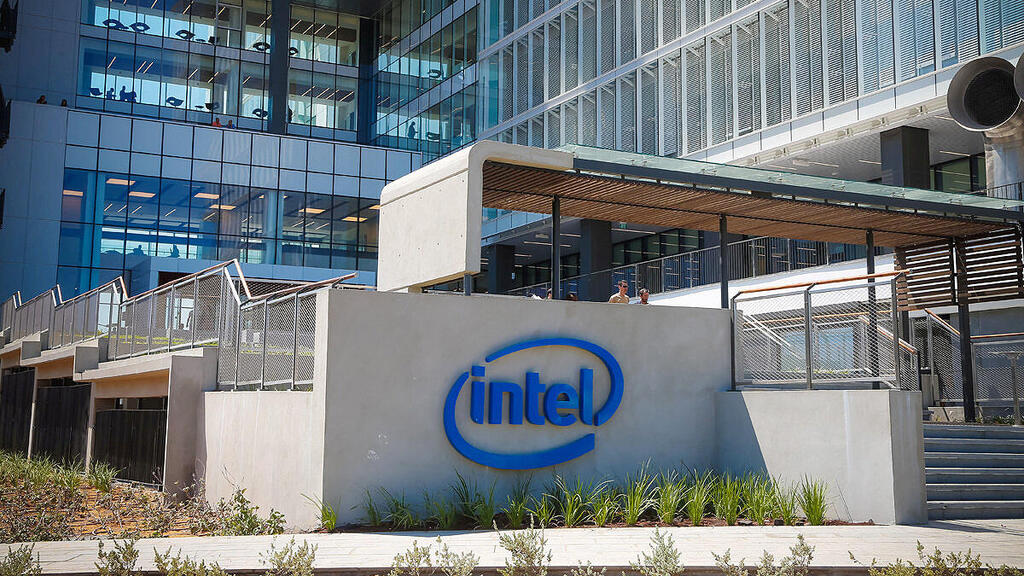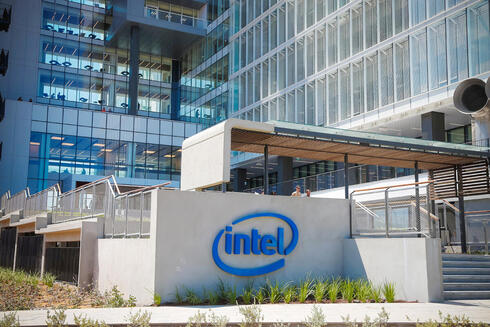
Intel’s existential crisis: Can Broadcom, TSMC, and Trump save the troubled chip giant?
The once-dominant chipmaker faces a breakup as rivals and Washington weigh its future.
For decades, Intel stood as the towering force in semiconductor technology, defining the modern microprocessor industry and setting the pace for innovation. But now, the company is on the verge of an unprecedented transformation—one that could see its core operations carved up between Broadcom and Taiwan’s TSMC. What was once an integrated giant, designing and manufacturing its own chips, may soon become a fragmented relic of its former self.
Is Intel’s time up? TSMC and Broadcom move in as the chipmaker falters
Broadcom eyes Intel’s chip design unit as TSMC considers its factories
A Stock Rally Fueled by Uncertainty
Intel’s stock soared 22% last week, but the rally says more about its precarious starting point than genuine investor confidence. The surge was sparked by U.S. Vice President JD Vance, who, speaking at an AI summit in Paris, vowed that the Trump administration would ensure that the most powerful AI systems are “built in the U.S. with American-designed and manufactured chips.” That pledge, coupled with reports that the administration is trying to broker a partnership between Intel and TSMC, injected a dose of optimism into the struggling company.
But enthusiasm is running ahead of reality. Intel’s stock is rebounding from near decade-lows after losing 60% of its value last year. Its market capitalization now stands at roughly one-eighth that of TSMC—a stunning collapse from 2019 when the two firms were valued at parity. The market isn’t betting on Intel’s resurgence; it’s grasping at the possibility of a White House-backed rescue plan.
Can TSMC Save Intel’s Foundry Business?
Intel’s biggest crisis lies in its manufacturing division, which has hemorrhaged over $13 billion on $17.5 billion in revenue. The unit, Intel Foundry Services, was meant to compete with TSMC by offering cutting-edge fabrication for third-party chip designers. But despite billions in government subsidies and aggressive expansion efforts—including a $25 billion investment in Israel’s Kiryat Gat plant—Intel has failed to attract enough major customers.
Meanwhile, TSMC generated $41.1 billion in operating profit on $90 billion in revenue last year, making it clear who holds the upper hand in any potential deal. Analysts believe Intel’s only viable path forward may be a complex partnership with TSMC, in which the Taiwanese giant takes partial ownership of Intel’s fabs and helps steer customers toward them.
But such a partnership would be fraught with challenges. Unlike TSMC, which operates as a pure-play foundry serving the world’s largest tech firms—Apple, Nvidia, AMD, and Qualcomm—Intel has spent most of its history designing chips for its own use.
Related articles:
Broadcom’s Role in the Breakup
While TSMC weighs a potential manufacturing takeover, Broadcom has expressed interest in acquiring Intel’s chip design and marketing divisions. If this materializes, it would complete the dismemberment of Intel as a fully integrated semiconductor company.
Broadcom, known for its aggressive acquisition strategy, has been in informal discussions about making a bid, but it would only proceed if a partner could be found for Intel’s manufacturing business. In other words, the fate of Intel’s design arm is tied directly to whether the TSMC deal moves forward.
A White House Blessing, But Not a Solution
Despite Intel’s financial distress, it remains the only U.S.-based company with leading-edge semiconductor manufacturing capabilities. That makes it a critical player in the Trump administration’s goal of securing domestic chip production.
The White House has sent mixed signals about Intel’s future. On one hand, the administration is encouraging talks between Intel and TSMC, reportedly seeing a partnership as a way to keep Intel’s fabs running and strategically aligned with U.S. interests. On the other hand, a White House official recently indicated that the administration is “unlikely” to support a foreign company operating Intel’s factories—potentially complicating any deal that hands TSMC too much control.
Meanwhile, Intel’s financial woes remain severe. The company has burned through nearly $40 billion in cash over the last three years in a desperate attempt to catch up to TSMC’s advanced manufacturing processes. Analysts expect negative free cash flow to continue through at least 2025.
A Forced Breakup or a Managed Transition?
Intel is no longer in control of its own fate. The company that once dictated the trajectory of computing now finds itself at the mercy of foreign rivals, Washington policymakers, and Wall Street skepticism.
The next few months will determine whether Intel’s breakup is a strategic realignment or a fire sale. If Broadcom and TSMC step in, Intel could reemerge as a more focused player—though stripped of the vertical integration that once defined its dominance. If no deal materializes, Intel may be forced to continue burning cash in a losing battle to reclaim its former status.
Either way, the Intel of old is gone. What remains to be seen is whether the new Intel will be a streamlined competitor or a dismantled casualty of the semiconductor wars.
